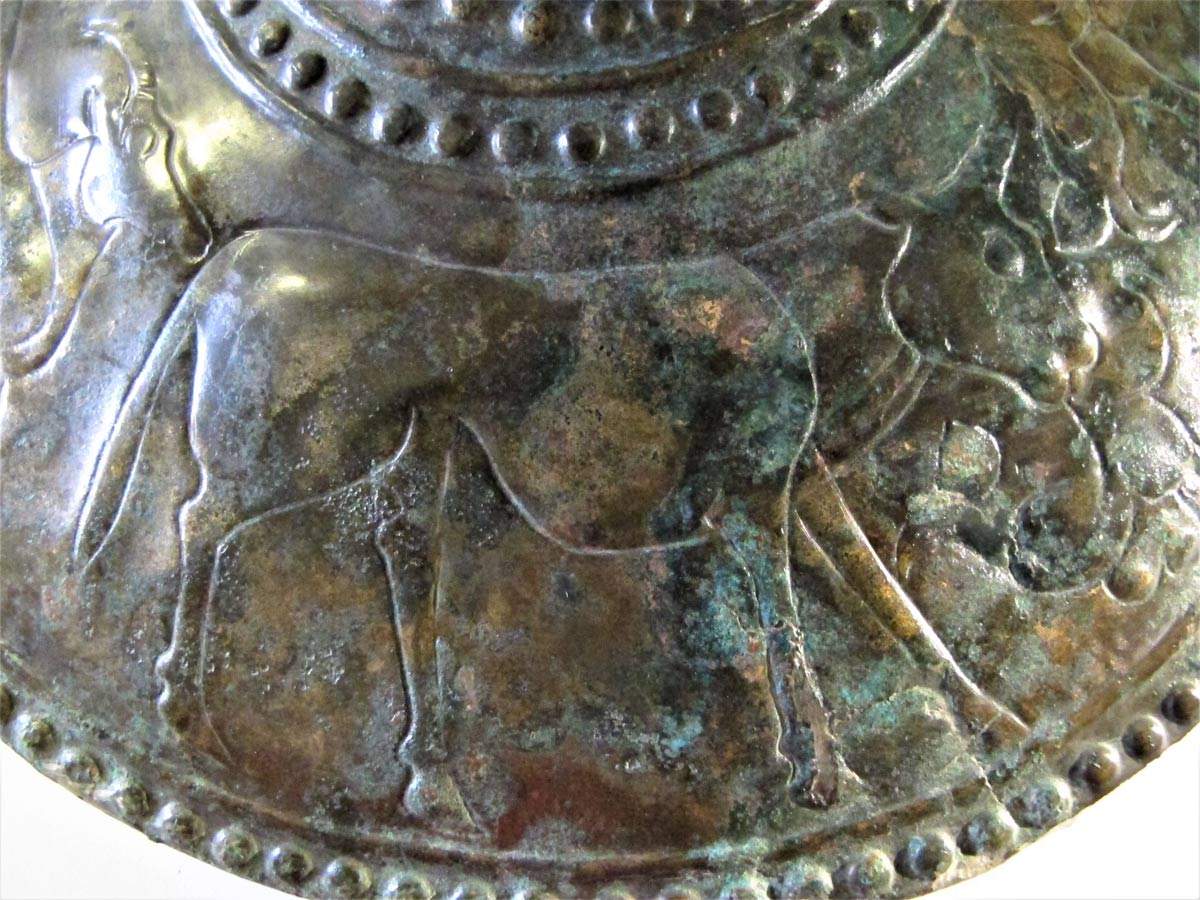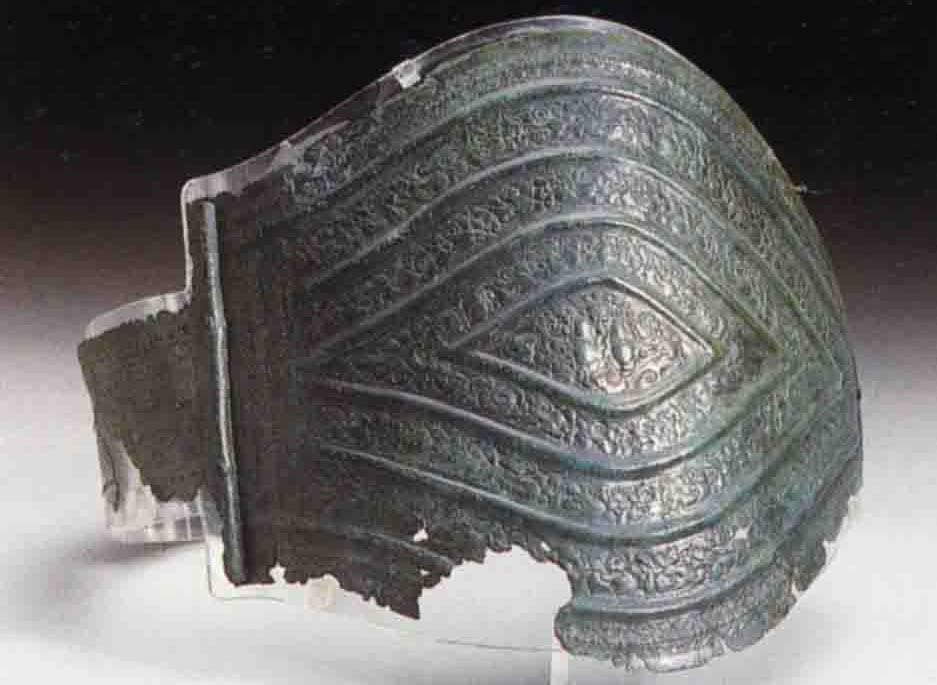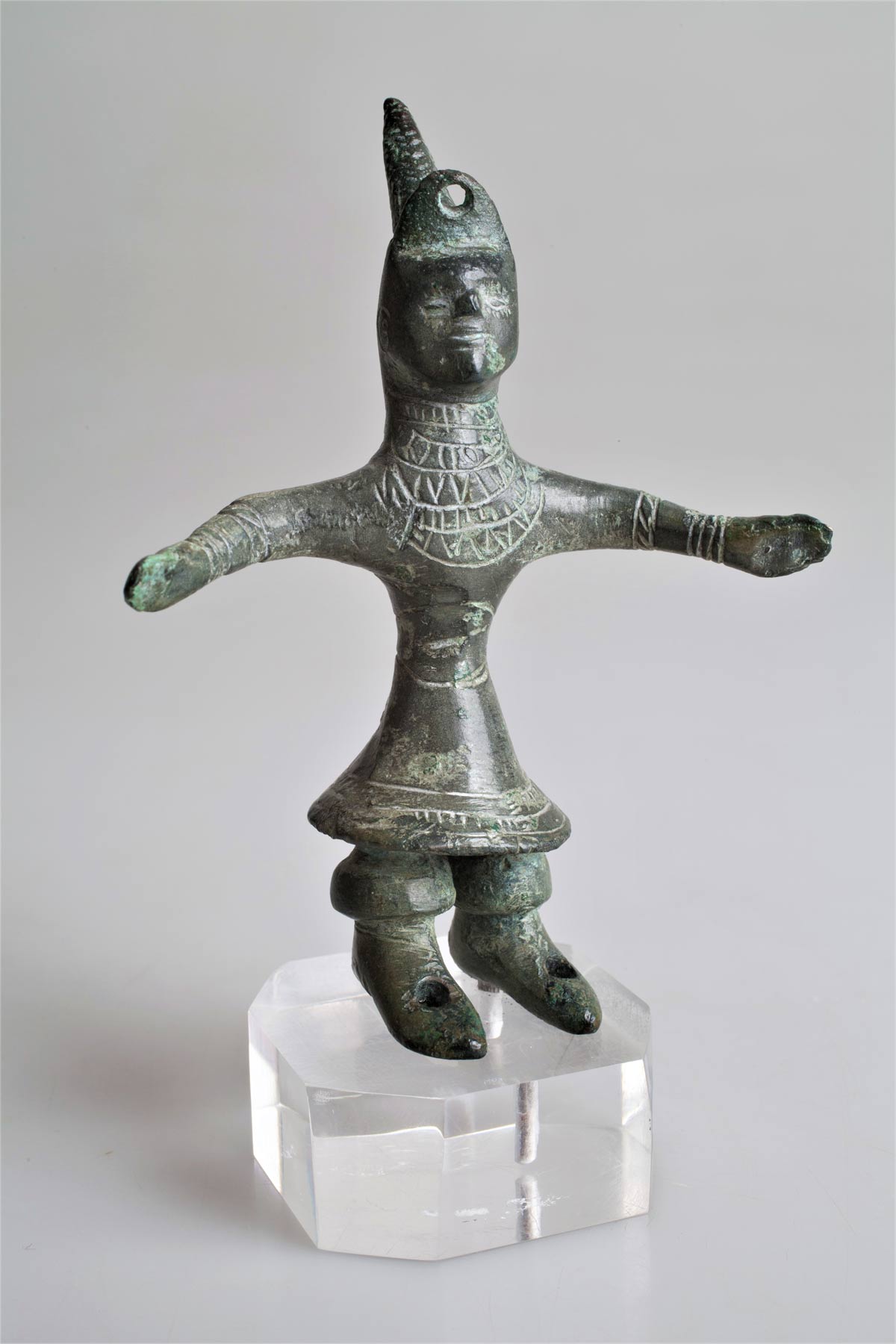From May 28 to October 3, 2021, the Atestino National Museum in Este will host the exhibition Le Fiere della Vanità (curated by Stefano Buson, Federica Gonzato, and Diego Voltolini), an initiative that is the result of a collaboration between different offices of the Ministry of Culture, especially for the technical-scientific part, and sees the contribution of the Municipality of Este, the Municipality of Oppeano, the Banca Adria Colli Euganei - Credito Cooperativo, and enjoys the patronage of the Veneto Region.
It is an exhibition that revolves around the art of situle (rolled, embossed and chiseled bronze vessels with figures) to bring the public to learn about the development of the society of the ancient Venetians. FromAbruzzo toAustria, from the Celts of the West to the Slovenes of the Alpine regions, the art of the situle involves and binds different cultures. For the first time, the oldest specimens of this type of art, returning to their place of origin after more than 2,600 years, are gathered in Este, where they were perhaps produced. Just as the Greek vases tell of Athens, the situlae tell of Este.
The exhibition is divided into six sections. The first, The Hands of the Craftsmen addresses the material aspect and technology of the ancient work as a result of the great skill of the master craftsmen of the ancient Veneti in working with bronze foil: what the artifact is made of, how it was made, and how it has been preserved over time. Original artifacts from the necropolis of Este are placed side by side with reproductions made in experimental archaeology by the restorer of the Atestino National Museum’s laboratory, specially created to show the different stages of workmanship leading to the creation of complex works such as figurative situlae. The story space, the second section of the exhibition, highlights the graphic and layout work, as we would say today, of the ancient craftsmen and the profound meanings they wanted to convey. The ancient Venetians, over time, developed three ways of managing image space, also depending on the object they were going to decorate: the single figure, as a single isolated frame; the circular representation, which has no beginning and no end; and the narrative on registers, that is, a story distributed on overlapping strips. Through three artifacts that are among the oldest in the art of sit ulae (a cup, a lid, and a situla), these three ways of paginating figures and communicating important meanings are explained. The circular narrative, the third section, includes a number of objects that, precisely because of their shape, are particularly suited to accommodate a decoration arranged in a circular sense. These are lids (precious works of art exchanged as gifts between aristocrats) and helmets. The circular space offers the possibility of making narratives that do not have a beginning and an end, with many possible symbolic interpretations. Figures of animals from the real world (fish, deer, bulls, goats, rams and wolves) and of beasts (fierce beasts) from the fantastic world, such as winged monsters and sphinxes, appear on these objects. The animals, the fantastic beasts, their poses and gestures are charged with meaning and speak through a symbolic language now lost, which we can only attempt to interpret. On display in this section are some very fine lids from a wide area: from Este to Grandate (Como), from Numana (Ancona) to Santa Lucia di Tolmino (now Slovenia). Also on display at Este are some helmets that come from Sovizzo (Vicenza), Grandate (Como), Sesto Calende (Varese) and two extraordinary and unique finds: lelmo da Pitino from San Severino Marche (Macerata) and lelmo conico from Oppeano (Verona), on loan from the National Archaeological Museum in Florence.
 |
| Rebato lid (after restoration), second half of the 7th century B.C., Este, Museo Nazionale Atestino |
 |
| A decorated belt |
The fourth section Tales and Celebrations presents complex narratives that immerse the audience in the culture and society of the ancient Veneti. As with all works of art in the ancient world, it was the patron who, for himself or as a gift, decided and directed the hand of the master craftsman. The most important and famous situla, the Situla Benvenuti (symbol of the Atestino National Museum) has been called, because of the grandiose tale with which it is decorated, the poem of the ancient Veneti. A poem of images for a tale now lost, with hidden symbols and multiple meanings, which we can read, however, through the study of this unique work of art. There are numerous scenes: armed men returning from war carrying prisoners, fantastic animals and monsters, boxing challenges, and lords, perhaps princes, seated on thrones feasting. Other situlae, on the other hand, seem to tell the most typical scenes of aristocratic life and still others individual tales of men and fantastic beasts. On display, in addition to the Situla Benvenuti, will be a number of situlae from Este and Montagnana, as well as some experimental reproductions of situlae from the Alpine territory, and which highlight the different demands over time of patrons and different tales. The fifth section Beyond Tales focuses on the art of situle as a symbolic language that has surpassed its sole function as a means of storytelling. It is a valuable decorative technique for numerous types of objects, with different functions and meanings from time to time. The art of situle, visibly beautiful and a symbol of vanity, also invaded personal objects worn by men, such as knives with sheaths decorated with animals or scenes taken from stories, or worn by women, such as the gigantic bronze belts, which covered the entire belly and were covered with dense decorations with real and fantastic animals. Works of art worn and exhibited, pure prestige for the vanity of the leading figures of the city of Este in 400 B.C. and beyond. On display in this section will be some of the most sophisticated knife sheaths produced at Este, the large bronze women’s belts, accompanied by the statuette of the so-called Goddess of Caldevigo, wearing one.
Also on display is a selection of foils from the shrines of Este: for art has always been exploited as a means of bringing humanity closer to divinity. Even the ancient Venetians knew how to exploit their rolled bronze art for this purpose. In shrines, in fact, thousands of laminettes with figures of different kinds have been found. They were intended to get images of devotees, often depicted either with offering gestures, such as veiled women, or symbols of their rank, such as warriors on foot or horsemen, to the dinivity.
 |
| The goddess of Caldevigo |
Finally, in a tomb discovered in 1983 in Este a peculiar find was unearthed. It was a small bench made of bronze foil, which reproduced in miniature the bench used for sitting and working at a loom. On the backrest, a very special depiction: three horses being chased by a wolf. Recognized in this image was a scene from a Venetian fable told by Strabo, which tells of a man who helped a wolf free himself from the hunters’ nets and this, in thanks, in turn led the most beautiful mares in the Veneto region to his stable. Finally, the sixth section, Tales for Many People, examines the art of situle as a transnational language of the ancient Veneti. Works of situle art have in fact been found in the places of the most important Italic and European courts: from the Adriatic to the Alps, from the Danube to Ticino. Larte delle situle accompanied the diplomatic relations of the Veneti among the powerful of antiquity, thanks to the ability of figurative language to overcome the limits of spoken language and cultural boundaries. A large map will represent the places of discovery, scattered among the different pre-Roman populations (650-250 B.C.).
Within the exhibition itinerary, a showcase will be set up to narrate these craft activities through experimental reconstructions conducted by Stefano Buson in parallel with restoration activities over the past few years. In an adjoining room will be presented the docufilm The Lord of Situulae, which illustrates the various stages of construction of the 400-century B.C. Kuffarn situla, one of the masterpieces of the Natural History Museum in Vienna. This situla, although discovered in a foreign land, was chosen for its high artistic value and certain iconographic affinities with the Benvenuti situla of Este. The film documents the detailed technological study of the original situla with the application of reverse engineering, that is, the identification of all the construction phases, useful for the experimental reconstruction of the situla, making use of the same craft tools used by the ancient toreuta. Experimental research often leads to surprising results, such as new conclusions about the workshop of manufacture, the exact chronology, and the use of the find over several generations, up to its deposition in the grave goods. Stefano Buson, one of the curators of the exhibition and the author of this film, in addition to the experimental purpose, intended to enhance the ancient and skilled craftsmanship of the ancient Venetians. To top it off, truly unique pieces will arrive from the National Roman Museum to complement the valuable exhibition in Este, which in turn will bring some important Atestine artifacts to Rome in the Tota Italia Exhibition at the Scuderie del Quirinale.
For all information you can visit the website of the Atestino National Museum.
 |
| At the Atestino National Museum, an exhibition tells the story of the ancient Veneti through situlae |
Warning: the translation into English of the original Italian article was created using automatic tools. We undertake to review all articles, but we do not guarantee the total absence of inaccuracies in the translation due to the program. You can find the original by clicking on the ITA button. If you find any mistake,please contact us.